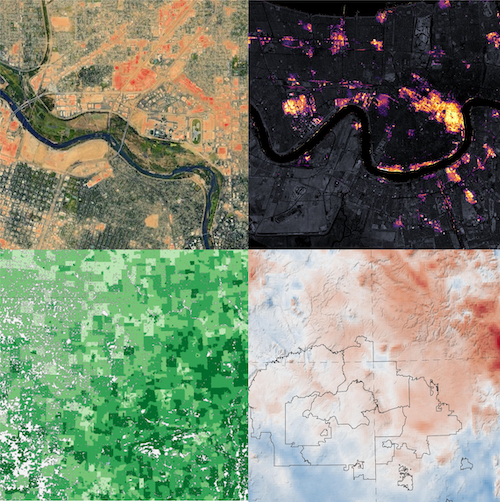How Open Science Is Enabling Equity and Environmental Justice

- Author: Josh Blumenfeld
- Full Title: How Open Science Is Enabling Equity and Environmental Justice
- Type: #snippet✂️
- Document Tags: #geospatial
- URL: https://www.earthdata.nasa.gov/learn/articles/gulf-south-environmental-justice-project
Highlights
- The new project title, Advancing Gulf Coast Environmental Justice and Leadership and Engagement in Open Science (AGEJLE-OS), is the perfect example of how open science is enabling equity and environmental justice projects to directly empower communities by making data more findable, impactful, and meaningful," says Dr. Yaitza Luna-Cruz, an ESDS program executive. (View Highlight)
- The project’s foundation is a model called “Communiversity.” Developed by project co-lead Wright, the Communiversity Model integrates community life experiences regarding environmental justice issues with the theoretical knowledge of academicians. The model ensures that community members have an equal voice with researchers in developing, resourcing, and implementing projects. (View Highlight)
- The Communiversity Model also views community members as consultants in a project rather than volunteers, and provides compensation for their time and effort. “The consultants are being paid and the grad students are being paid and undergraduate students are being paid. And then we expect people in these communities to take up their weekends, Saturdays, evenings for a $50.00 Walmart gift card? That just doesn’t fly anymore,” says Padgett. “If you look at Dr. Wright’s budgets, you’ll see that the community-based organizations are well-compensated and very much incentivized to work. Not that they wouldn’t work anyway, but it’s a much fairer playing field and it leads to sustainability.” (View Highlight)
- Just providing data, though, is not enough. Community members need to trust the data. Padgett notes that this can be a hurdle in some communities that have an ingrained distrust of the government (View Highlight)
- There was a woman who sat right in the front row; clearly, she was the matriarch of the group. And she said, loudly, why are we working with NASA? They have all these satellites; they spy on us and here we are working with them. I could just see this whole thing going left really quickly,” says Padgett. (View Highlight)
- I think that the open science certification will really play into the validation that this science can be the best science in the country,” says Morrow. “It doesn’t necessarily have to come out of an [academic] research institution. It can come out of community organizations that are supported by community-engaged researchers with proper science training and getting community members certified in open science approaches.” (View Highlight)
